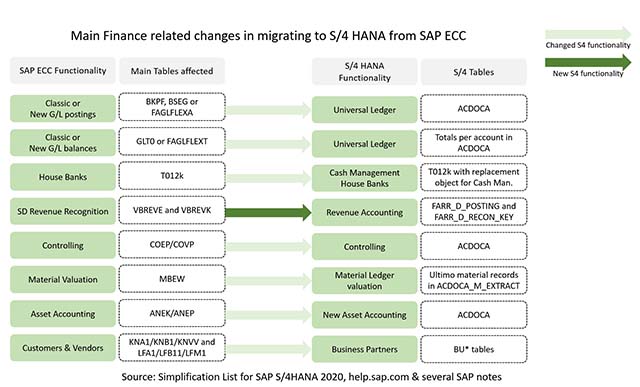Can’t decide between brownfield or greenfield with SAP S/4HANA? Selective data transition brings the best of both worlds
Key Takeaways
⇨ Selective data transition allows organisations to selectively reuse parts of their existing ERP while redesigning other parts when they move to SAP S/4HANA
⇨ Approach speeds the ECC to SAP S/4HANA migration as 2027 ‘deadline’ approaches
⇨ There are only three SAP partners globally that provides the selective data transition service
It’s no secret that SAP has been urging customers to move from ECC to SAP S/4HANA over the next few years, with the company looking to end support for the former by 2027 (and extended support until 2030).
SAP has always offered two standard options to transition to SAP S/4HANA – greenfield (New Implementation, building a fresh S/4HANA system and rolling individual business units in phases) and brownfield (System Conversion, a direct conversion of an existing SAP ERP system to S/4HANA).
These approaches, however, have their limitations, and customers sought more flexible options to take the leap without having to start over fresh (greenfield) or having limited opportunities to deliver business-wide change (brownfield).
Explore related questions
In 2019, SAP teamed up with four pilot partners – cbs Consulting, Natuvion, SNP and Datavard (now part of SNP) – to offer a third approach called Selective Data Transition.
Selective Data Transition’s main selling points are the ability to pick and choose which data customers can transfer to the new SAP S/4HANA system, while also having a much shorter period of business downtime (less than a weekend).
The data migration is based on a table-based procedure – which can accommodate a wider scope of data that can be migrated – and is also done on a database level for a speedy process. Customers also have an option of either taking a one-step approach or having it done through waves.
The overall duration from design to implementation is shortened as customers won’t have to set up completely new processes and data can be migrated in any state. Other IT projects can also be combined with the migration, like Unicode conversion or relocation.
Once completed, customers will see their document flow intact, reducing business impact, since documents can be transferred in any state of processing. Data extraction, transfer and import can also be optimised and load-balanced according to table sizes and records.
cbs, which has an office in Sydney and a sizeable presence across Asia-Pacific, bills Selective Data Transition as “an attractive mixture” of New Implementation and System Conversion by combining advantages from both while offering a high level of flexibility.
“As one of the three companies globally providing Selective Data Transition, we have our own software that defines project methodology for this approach,” cbs consulting director Marcus Scott told Mastering SAP.
The software is part of cbs’s Enterprise Transformer, or ET, the company’s standard software for all application scenarios that also covers services beyond S/4HANA migrations.




